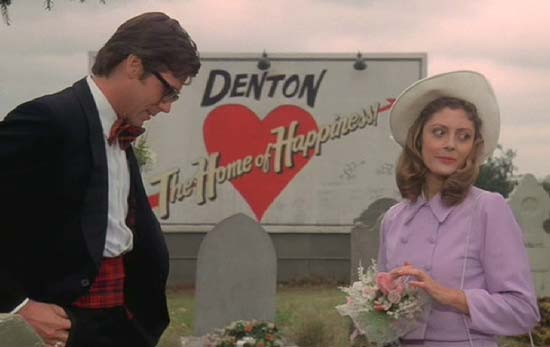
Why pick on poor "Janet" Beth N. and her trollala article about
Peer-to-Peer patent review as featured at Patently-O?
I don't having anything personal against Janet Beth. She is probably quite a nice person. It's just the choice of language in her
scholalry article (warning: pdf file) that gives me pause.
Lets start with a sampling of the the opening paragraph in the "Introduction" (before we get to that luscious Chapter II.
THE PARADE OF HORRIBLES: INFORMATION DEFICIT AND PATENT QUALITY):
There is a crisis of patent quality. Patents are being issued that are vague and overbroad, lack novelty, and fail the constitutional mandate “[t]o promote the Progress of Science and useful Arts.” Low quality patents generate excessive litigation and confer the economic rewards of monopoly on patent holders while providing little benefit to the public. [footnote points to another article about how "OUR BROKEN PATENT SYSTEM IS ENDANGERING INNOVATION AND PROGRESS"]
"Crisis" of quality? Oh my! That sounds like the alarm bell for emotional hysteria. But where are the quantitative numbers to back it up? What percentage of the over 7,000,000 US patents issued thus far have been adjudicated by a court of last resort as being "vague and overbroad"? (Yes, we all know that evil William F. Morse got his come upin's at the US Supreme Court for having had the audacity to think his "telegraph" thing was something worthwhile and that he should be entitled to all manner of use of the "electromotive force". But what after that? How many indefintiteness and overbreadth rulings out of the 7 million? Shouldn't we have numbers?)
And if all these patents "lack novelty" (where is the proof?) does that not mean that all those Examiners at the esteemed US Patent and Trademark Office (USPTO) are asleep at the switch? Does that not mean they are all absent mindedly rubber stamping every application as "allowed"? No wonder our system is "broken".
Look. There is even proof right here:

As one can readily see, nearly 99 and 44/100th's per cent of all patent applications are being allowed without any examination and matters are clearly getting worse.
 Why pick on poor "Janet" Beth N. and her trollala article about Peer-to-Peer patent review as featured at Patently-O?
I don't having anything personal against Janet Beth. She is probably quite a nice person. It's just the choice of language in her scholalry article (warning: pdf file) that gives me pause.
Lets start with a sampling of the the opening paragraph in the "Introduction" (before we get to that luscious Chapter II. THE PARADE OF HORRIBLES: INFORMATION DEFICIT AND PATENT QUALITY):
Why pick on poor "Janet" Beth N. and her trollala article about Peer-to-Peer patent review as featured at Patently-O?
I don't having anything personal against Janet Beth. She is probably quite a nice person. It's just the choice of language in her scholalry article (warning: pdf file) that gives me pause.
Lets start with a sampling of the the opening paragraph in the "Introduction" (before we get to that luscious Chapter II. THE PARADE OF HORRIBLES: INFORMATION DEFICIT AND PATENT QUALITY):
 As one can readily see, nearly 99 and 44/100th's per cent of all patent applications are being allowed without any examination and matters are clearly getting worse.
As one can readily see, nearly 99 and 44/100th's per cent of all patent applications are being allowed without any examination and matters are clearly getting worse.

1 comment:
Very cute.
This graph has been on the USPTO "News" site for months. I repost here just to demonstrate a point. Dennis copies it to his Patently-O site. Then suddenly everyone in the blogosphere is talking about it.
Well, it is a fairly open secret that the US Patent Office has decided to become the US-GTO (US "Get Tough" Office) over the last few years when it comes to allowing patent applications.
"Get Tough" (USGTO) does not mean finding better prior art or doing a better job of construing claims or a better job of explaining what is going on to the Applicant.
Instead, "GTO" means adopting the Nancy Reagan trick of "Just say no" and never saying you're sorry. GTO means playing the Whack-a-Mole game. Each next Office action is essentially a photocopy of the original except that the Examiner has "mooted" the arguments of the last response by substituting in a new secondary reference.
"Get Tough" (GTO) means knowing how to be mean, knowing that appeal to the BoPAI costs the Applicant big bucks and that many of them do not have the financial stomach for going the extra mile.
"Get Tough" (GTO) means knowing that for a majority of applications, the disclosure has already been early-published and therefore it is a can't lose game in so far as We The People are concerned. The cat is out of the bag. Why negotiate? It is a "tails you lose, heads we win" game that is already tilted against the independent inventor.
Post a Comment